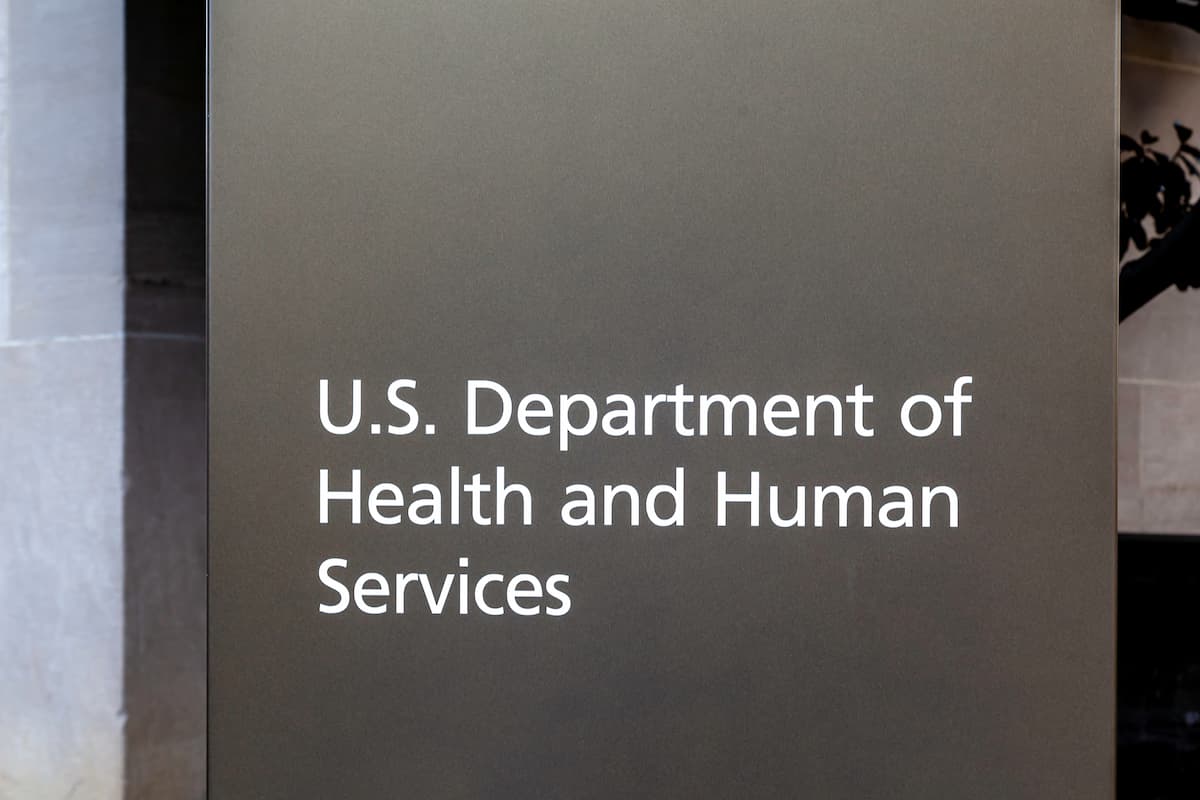Article
Study: Patients Receiving Dialysis at Higher Risk of COVID-19 Infection
Author(s):
Patients receiving dialysis are required to receive their treatments in clinics multiple times a week, meaning they were unable to effectively self-isolate.
Patients receiving dialysis treatments for kidney failure faced increased risks associated with the COVID-19 pandemic, according to a study published in the Clinical Journal of the American Society of NephrologyCJASN. These individuals are required to receive their treatments in clinics multiple times a week, meaning they were unable to effectively self-isolate.1
In order to conduct this study, investigators examined information on 5755 patients who received dialysis in London at 51 different clinics. Between March 2 and May 31, 2020, 17% a total of 990of the studied (17%) patients tested positive for COVID-19, and 465 (8%) were admitted to hospitals with suspected COVID-19. The risk of COVID-19 was higher in patients who were older, had diabetes, lived in local communities with higher COVID-19 rates, and received treatment at dialysis clinics that served a larger number of patients. Conversely, risks were lower for patients who received dialysis in clinics with a higher number of available side rooms and that had mask policies for asymptomatic patients. The researchers found no independent association with sex, ethnicity, or measures of deprivation.1
“Taken together, the findings confirm the high rates of symptomatic COVID-19 among patients receiving in-center dialysis and suggest sources of transmission both within dialysis units and patients' home communities,” said Ben Caplin, MBChB, PhD, in a press release. “The work also suggests that in addition to isolation of confirmed cases, addressing factors that might reduce transmission from patients without suspected or confirmed disease might provide an additional opportunity to further modify the impact of COVID-19 in this population.”1
The researchers note that the findings remained consistent when adjusting for community burden of disease, which suggests that COVID-19 disease risk associated with dialysis treatment overwhelms social and demographic factors. They recommend any planning for future waves of disease take account of how these results may be affected by the wider availability of testing patients that are asymptomatic, patients and those providing care using surgical facemasks, and the potential impact of vaccination and/or acquired immunity.2
REFERENCES
- Study provides new insights on COVID-19 risk in patients receiving dialysis [news release]. EurekAlert; June 1, 2021. Accessed June 2, 2021. https://www.eurekalert.org/pub_releases/2021-06/ason-spn052821.php
- Ben Caplin B, Damien Ashby D, Kieran McCafferty K, et al. Risk of COVID-19 disease, dialysis unit attributes, and infection control strategy among london in-center hemodialysis patients. CJASN June 2021; doi:CJN.03180321
Newsletter
Stay informed on drug updates, treatment guidelines, and pharmacy practice trends—subscribe to Pharmacy Times for weekly clinical insights.






